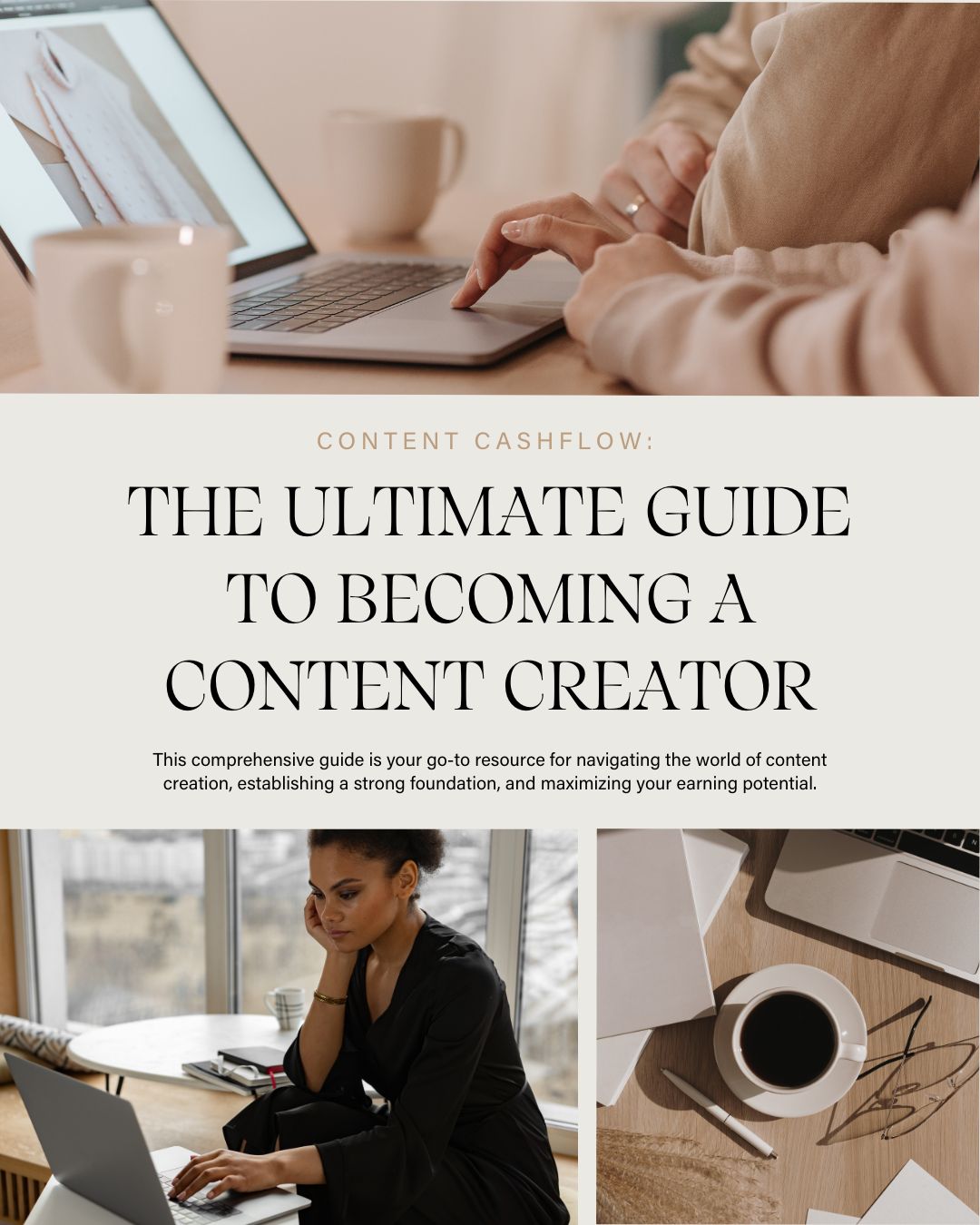About
Hi, I'm Charlene Izere. I'm a fulltime content creator with a love for video editing, aesthetics, productivity, and education. My content includes a mixture of creator behind the scenes, motherhood musings, and creator education. Stay a while, I know you'll love it here.
How to Become a UGC Creator: A Comprehensive Guide
Understanding UGC (User-Generated-Content)?
UGC, short for User-Generated Content, refers to any form of content, be it videos, photos, reviews, or blogs, created by users rather than brands or companies. This content stands out for its genuine, relatable, and organic nature. Such authentic storytelling by everyday individuals is proving to be more compelling than polished advertisements produced in corporate boardrooms. And if you’re wondering how to become a UGC Creator, you’re in the right place.
The Evolution of UGC
When I started my content creation journey in 2017, UGC wasn’t a newfound concept. In fact, it’s been a form of marketing and a style of content for years. On platforms like Instagram, creators like you and me were already sharing candid thoughts, reviews, and snippets of our lives. Sometimes, a brand might’ve given slid into our DMs asking permission to share our content, but back then, monetizing from UGC wasn’t widely talked about – in fact most of the creator economy was gate-kept but that’s a story for another day.
Fast forward to now, and the landscape has dramatically shifted. Thanks to platforms like TikTok, UGC has become much more mainstream. It’s more than just the side hustle of the moment, it can be your gateway into the Creator Economy. And if you are wondering how to become a UGC Creator, keep reading.
What It Really Takes to Become a UGC Creator
You’ve likely stumbled upon a TikTok video bragging, “I made $3k in 3 minutes from UGC.” These videos can paint a glamorous picture of the UGC world, making it seem almost effortless. But before you dive headfirst into this world, here’s the unfiltered truth: UGC can be a goldmine, but striking gold isn’t guaranteed.
For some, real income might take months, especially if you’re new to content creation. UGC for ads requires another level of marketing competence. If your content doesn’t drive conversions, impressions and/or sales, repeat collaborations might be scarce. But remember, while UGC might seem straightforward, a lot of strategies and research anchor those posts. So, don’t lose faith. Invest time in mastering content, platform best practices, and understanding the differences between organic and paid media.
Debunking UGC Myths
1. Beyond the Aesthetics: Creating UGC-style videos isn’t just about nailing the visuals. It requires a deeper understanding of creative strategy, the nuances of market research, and the differences between paid and organic content. And at its heart? A solid grasp of storytelling.
2. Patience and Perspective: Success isn’t always instant. When you see creators talking about earning staggering amounts in a flash, it’s essential to put on your blinders. Focus on honing your skills, understanding direct response marketing, and grasping the core principles of UGC.
4. Standing Out Amidst the Crowd: Some step into the UGC space, believing it’s easier than becoming an influencer. But here’s the plot twist: both demand dedication. Whether you aim to be an influencer or a UGC creator, two weeks of effort won’t suffice. You have to put in the work, you must study your craft, and show up. That’s how you stand out.
5. From My Own Playbook: Within just three months of venturing into UGC, I secured a lucrative retainer partnership. This wasn’t sheer coincidence. It stemmed from my consistent showcasing of skills and engagement strategies on platforms like TikTok and Twitter. The partnership was a result of an inbound inquiry — they had discovered and appreciated my content. Takeaway? Consistently share your work across multiple platforms and engage authentically. Your next big opportunity might just be a post away.
In essence, UGC offers immense potential, but it’s no walk in the park. Equip yourself with knowledge, consistency, and patience, and the results might just surprise you.
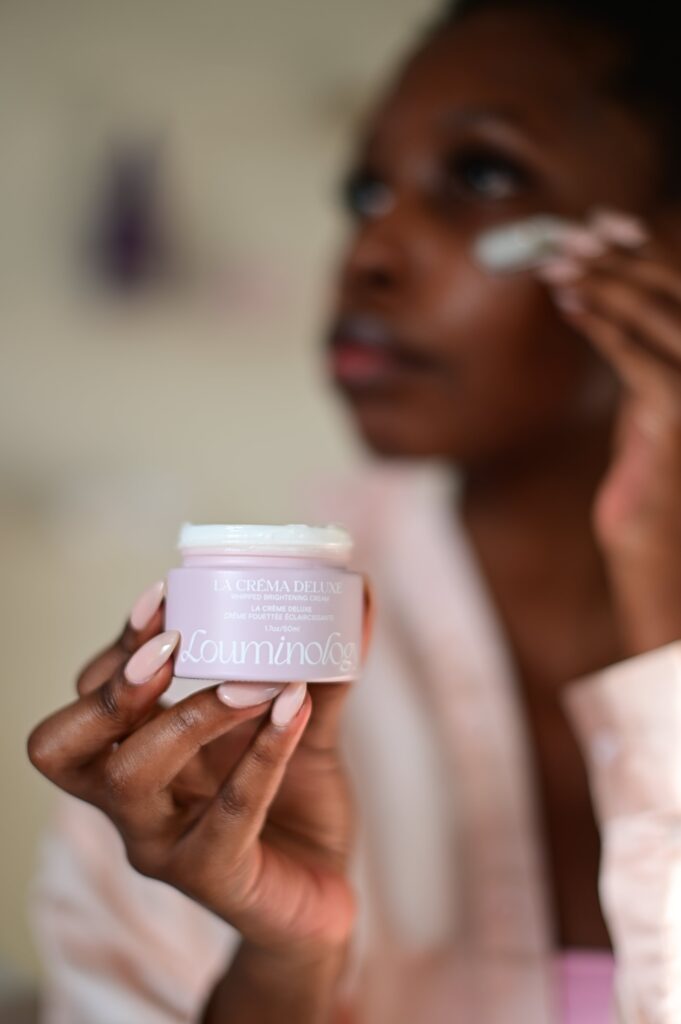
Understanding the Foundations of UGC
If you still have the drive to become a UGC Creator after that reality check, let’s dive deeper. It’s time to truly understand what UGC is all about and why it’s so appealing to both creators and brands alike.
Authenticity is the backbone of UGC. In a digital era filled with airbrushed images and rehearsed scripts, raw and genuine content resonates deeply with audiences. The power of seeing real people share their real experiences, whether it’s a product review or a day in their life, adds a layer of trust and relatability that polished advertisements often fail to achieve.
Why Brands Are Hiring UGC Creators
The Undeniable Magnetism of Raw, Real Content: Today’s consumers are smart AF. They can often see through scripted ads and can tell when they’re being marketed to. This is where UGC shines. It offers an unfiltered, candid look into real-life experiences with products and services. Don’t get me wrong, UGC can be scripted, and often it is by either the creator or the brand – but the magic lies in the delivery. Brands recognize that this authenticity can influence potential buyers more effectively than traditional advertising.
UGC provides a seemingly unfiltered, candid look into real-life experiences with products and services. While it’s true that UGC can be scripted – often by either the creator or the brand – the magic lies in the delivery. Successful UGC Creators have mastered the art of presenting content in a way that feels genuine and relatable, even when working from a script or brand guidelines.
The key is to maintain an authentic voice and perspective that resonates with the audience. This approach allows brands to connect with consumers on a more personal level, bridging the gap between polished corporate messaging and real-world user experiences.
For aspiring UGC Creators, understanding this balance between authenticity and strategic messaging is crucial. It’s about crafting content that feels natural and trustworthy, while still effectively communicating the brand’s key messages and driving the desired consumer actions.
It boils down to: is the USER is central to UGC. Brands collaborate with creators specifically to channel the persona of their target demographic, making the content resonate more deeply with the intended audience.
Cost-effectiveness for Brands:
Traditional advertisements often come with a hefty price tag. Brands typically face significant expenses for production, hiring actors and professionals, and media buying. UGC offers a more cost-effective alternative without compromising on quality or impact.
For brands, collaborating with UGC Creators can significantly reduce costs while providing authentic, relatable content. This approach not only saves money but also yields a diverse range of perspectives and creative styles that resonate with audiences.
However, aspiring UGC Creators should note that “cost-effective” doesn’t mean “free” or “cheap.” Your skills, creativity, and ability to connect with audiences are valuable assets. While your rates may be more affordable than those of a full production company, it’s important to charge appropriately for your services.
As a UGC Creator, you’re offering brands:
- Authentic content that resonates with audiences
- Your unique perspective and creative vision
- The ability to produce content quickly and efficiently
- Potentially higher engagement rates than traditional ads
Remember, brands choose UGC not just for cost savings, but for its effectiveness. As you build your portfolio and demonstrate results, don’t hesitate to price your services to reflect the value you bring to brands’ marketing efforts.
A Key Skill for UGC Creators: Direct Response Best Practices
At its core, Direct Response is a marketing method designed to evoke an immediate response and compel potential customers to take some specific action, such as subscribing to a newsletter, making a purchase, or participating in a webinar.
In the world of UGC, this magic transforms mere content into a powerful tool. It shifts the narrative from simply being about a product or a service to a story that relates to the audience’s needs and desires, making them react. If you want to become a UGC creator, take the time to understand direct response and all that it offers.
Why Direct Response Matters for UGC Creators
Humanizing Brands: UGC’s strength lies in its human element. As a UGC Creator, you’re not a faceless corporation but a real person sharing genuine experiences. Direct Response capitalizes on this authenticity, fostering deeper connections with the audience.
Turning Stories into Impact: When you share personal experiences in UGC, it becomes a powerful testimonial. It’s a real-life demonstration of the product’s impact. This tangible evidence, combined with a well-placed Direct Response strategy, becomes a compelling force. It’s not about making viewers buy a product; it’s about offering a solution to a problem they can relate to. And when they see someone they can resonate with finding value in that solution, they’re much more inclined to take action.
Become a UGC Creator: To Niche or Not?
Do you need to niche down in order to become a UGC Creator? UGC is versatile and can span various industries. While I’ve crafted content for diverse sectors like tech, motherhood, beauty, and skincare, the content I showcase on my platforms embodies specific, niched perspectives, always bearing a particular audience in mind.
My portfolio showcases the variety of content I can create across industries. But here’s an insight: in the initial six months when I zoomed in on UGC, I primarily centered on the beauty and skincare sector. This focus not only built a vast repository of content in that niche but also made it easier to book collaborations and retainers with brands in the beauty and skincare world.
Pros of Niching Down:
- Distinct Identity: By concentrating on a specific niche, you become a recognized voice in that domain, making it easier for brands related to that niche to identify and approach you.
- Expertise Development: Focusing on one area allows you to refine your knowledge, making your content more insightful and authoritative.
- Targeted Audience: With a specific niche, your audience knows what to expect, fostering stronger community ties and more engaged followers.
Cons of Niching Down:
- Potential Limitation: Restricting yourself to a single niche might limit the range of brands that might approach you for collaboration.
- Burnout Risk: Creating the same topic repeatedly can lead to content fatigue.
- Market Saturation: Some niches might have an overwhelming number of creators, making it challenging to stand out. – but this isn’t an issue if you are consistent.
Showcase Your Best: Setting Up a Portfolio That Attracts Brands
To become a UGC Creator, you need a portfolio. This is your brand’s storefront, and just as any shop would display its finest products in the window, you too must curate your content meticulously.
Variety and Quality Content in Your UGC Portfolio
Incorporate a rich variety of content to demonstrate your versatility. Showcase different types of UGC, such as mini-vlogs, product demonstrations, unboxing videos, and more. Prioritize high-quality content that showcases your creativity, skill, and authenticity.
UGC Portfolio: Testimonials and Metrics
Highlight past collaborations with testimonials and key metrics like engagement rate, reach, and conversion. This provides evidence of your content’s impact and your value in collaborations.
For more detailed guidance on building your UGC portfolio, click here.
Monetizing Your Content: Collaboration & More
Setting the Right Price
Navigating the financial aspect of UGC can be daunting, especially when you’re just starting out. Pricing your work is an art that strikes a balance between valuing your skills and understanding market dynamics.
Many newbies fall into the trap of pricing too low. Remember, your unique voice, creativity, and effort have tangible value. To become a successful UGC Creator, you’ll want to understand the nuances at play.
Factors Influencing UGC Rates:
- Usage Type (Organic vs. Paid): Organic content, which flows naturally in your feed, generally requires less scripting and direct response marketing strategy than paid advertisements. As a result, you might price these types of content differently. For instance, when I started, I charged $150 for organic content. Today, depending on the specific requirements and intricacies, my rate ranges from $500 to $747 per video. Meanwhile, for paid media with two hooks and usage rights, the rate is even higher.
- Usage Rights: This is a hot topic among creators. The more rights a brand wants over your content (like reusing it in ads or on different platforms), the higher the fee should be. A popular model some creators adopt is a percentage-based charge on their base fee for every month of paid media usage. So, if you’ve set your base rate at $547 and levy a 20% fee for 30-day usage, a brand would be billed $109 for every month they utilize your content in paid media.
- Scope of Work: Consider the intricacies of the project. Will you be offering multiple hook variations? Is there an existing script, or are you drafting it? Does the content need to be resized for multiple platforms, like TikTok and Instagram? Complexity impacts pricing.
- Content Details: Some content types may demand more effort or resources. For example, if a product requires intricate filming techniques or if you involve your family in the content, the rate might increase.
- Your Expertise: Recognize and price for your skills. If you possess advanced editing abilities, understand videography nuances, are a subject matter expert (a MUA pitching to a beauty brand), or have mastered direct response marketing, these specialties can command a premium.
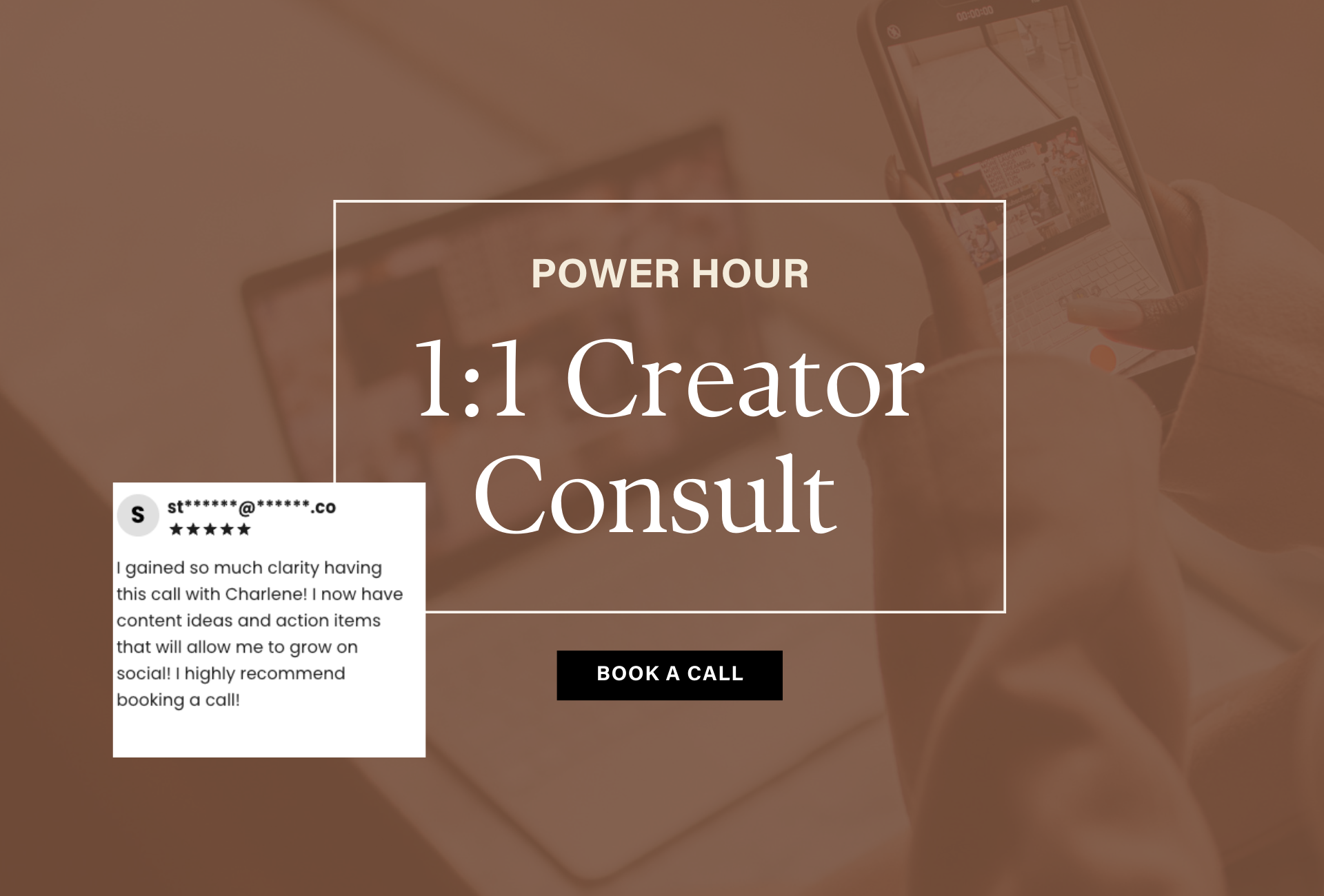
Winning Over Brands: Become Their Go-To UGC Creator
Alright, so you’ve got your content game on point, your portfolio is looking sharp, and you know your rates. If you’re looking to monetize through brand collaborations and become a UGC creator, you’ve got two main strategies to consider: positioning and pitching. Both have their perks, but the real magic happens when you master the balance between the two. Let’s break it down:
How to increase your Inbounds as a UGC Creator
Positioning: Ever look at a makeup palette and find that one shade everyone is absolutely raving about? That’s positioning. It’s the art of making your content pop, much like that irresistible shade, so that brands feel a magnetic pull towards you. Instead of constantly chasing opportunities, you’re crafting a compelling online presence that makes brands think, “We need that creator on our side.” This is when your inbox is filled with aligned opportunities.
Why am I such a fan of positioning? Simply put, it lets me do what I adore most: creating stellar content. I can be in my creative groove without the grind of daily pitching.
Now, there’s a method to this magic. When I post on socials, I follow specific strategies to get on a brand’s radar. With the right content strategy, you’re not just another face in the crowd – you’re the creator brands bookmark for their next big campaign.
Content Strategy is King: Producing Content that not only vibes with your audience but is exactly what brands are scouting for. Brands are always on the hunt, and with the right content, you’re the treasure they’re after.
Leverage the Right Platforms: TikTok and Instagram can showcase your adaptability and creativity, while Twitter and LinkedIn is a space to engage in industry dialogues. Your content should serve as a beacon, attracting brands that frequent these platforms.
With positioning, the narrative shifts. No longer are you in pursuit; brands spot your value and come knocking at your door.
Pitching: Proactively Securing Brand Collaborations
Unlike positioning, which is more passive and relies on attraction, pitching is proactive. It’s about identifying potential brand partners and presenting them with a compelling reason to collaborate.
Research is Key: Don’t just send a generic proposal to every brand. Understand their values, target audience, and current marketing strategies. Tailor your pitch to align with their vision.
Showcase Your Value: Highlight past successes, demonstrate your understanding of UGC and its power, and, most importantly, let them know how you can solve a specific problem for them or enhance their current strategies. For more pitching strategies and tips, check out this blog post.
Become a UGC Creator: Inbound and Outbound Strategy
In essence, while positioning is about cultivating a magnetic aura that draws brands to you, pitching is about charting a clear path toward them and making a striking impression.
Sell the Solution: Remember, brands often look for solutions to specific challenges, whether it’s expanding their reach, tapping into a new demographic, or creating buzzworthy content. In your pitch, position yourself as the answer to a problem they might be facing.
Craft a Personal Connection: Brands receive tons of pitches. What will make yours stand out is a personal touch. Maybe you’ve been a loyal user of their product for years, or perhaps their brand ethos resonates with you on a personal level. Sharing these genuine connections can make all the difference.
In a nutshell, while positioning allows you to shine bright and get noticed, pitching is about illuminating precisely how your light can benefit a brand’s universe. Both strategies, when applied wisely, can open doors to lucrative brand collaborations.
Broadening Your Revenue Streams
As a creator, while User Generated Content (UGC) offers a fantastic entry point and lucrative opportunities, it’s essential to understand it’s just the tip of the monetization iceberg. Because let’s be honest, the goal isn’t to necessarily become a UGC Creator, but rather to monetize so we can live the way we want to.
To truly maximize your earning potential and ensure a steady flow of income, diversifying is the name of the game. Imagine having multiple channels of income that ensure you’re not solely reliant on one method. From direct platform monetization to offering exclusive content, there’s a world of possibilities awaiting you.
In the past, monetization opportunities were predominantly controlled by people with pre-established influence or those who could leverage their communities to drive sales. However, UGC has revolutionized this landscape, enabling anyone with a camera or phone and a compelling voice to participate and monetize their skills. This shift has resulted in a more inclusive and diverse creative ecosystem. Let’s break down these avenues…
Digital Products as a UGC Creator
Your expertise is your goldmine. The strategies, insights, or techniques you’ve mastered? They’re waiting to be packaged. Consider crafting e-books, downloadable templates, or even a mini-course. And here’s a pro tip: align these products with your personal brand and strength. If you’re a beauty creator, perhaps an e-book on “Eco-Friendly Beauty Hacks” might resonate. The goal? Offer value, stand out, and ensure that once set up, these products continue to generate income passively.
Platform Monetization
Direct monetization is now a staple on platforms like TikTok and Amazon. With initiatives like TikTok’s Creator Rewards Program, earnings can be based on video engagement. Amazon’s shopping and affiliate tools, on the other hand, offer a chance to pocket commissions on promoted products.
In essence, UGC is a powerful tool, but broadening your revenue streams can unlock even greater opportunities and financial stability
How to become a UGC Creator: Your UGC Blueprint
Jumping into the UGC world can seem overwhelming, right? This post was crafted to simplify the maze for you. Considering we’ve dived deep, let’s recap the key takeaways to keep you on track:
Embrace Continuous Learning
The digital realm evolves rapidly. Stay updated with platform algorithms, audience preferences, and emerging trends. Every misstep is a lesson; every win, a strategy to note. Learn about direct response best practices. Dive into the TikTok Creative Center or the Meta Ads library to see UGC at work.
Create a UGC Portfolio
Your portfolio is your professional face in the UGC realm. It showcases your versatility, talent, and, most importantly, what brands can expect when they partner with you. Regularly update it, curate your best works, and always strive for that ‘wow’ facto
Develop an Inbound and Outbound Strategy
Build a dynamic two-pronged approach. Position yourself as a magnet for brands by creating content that resonates, and actively pitch to those that align with your values and aspirations.
Diversify Your Revenue
Don’t put all your eggs in the UGC basket. Branch out. Explore digital products related to your niche, leverage platform-specific monetization, and always be on the lookout for new opportunities.
Become a UGC Creator by building a Network
UGC is as much about community as it is about content. Engage with your audience, collaborate with peers, and keep your channels of communication with brands open and genuine. To connect with more Creators, join us here in the Influential Creator Community.
Have any questions about UGC? DM me in the Influential Creator Community!
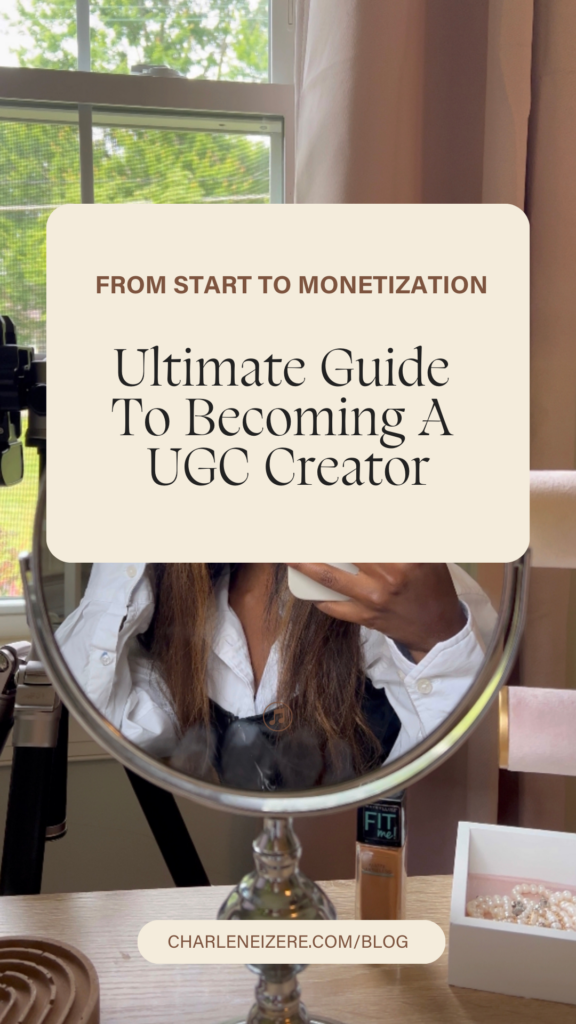
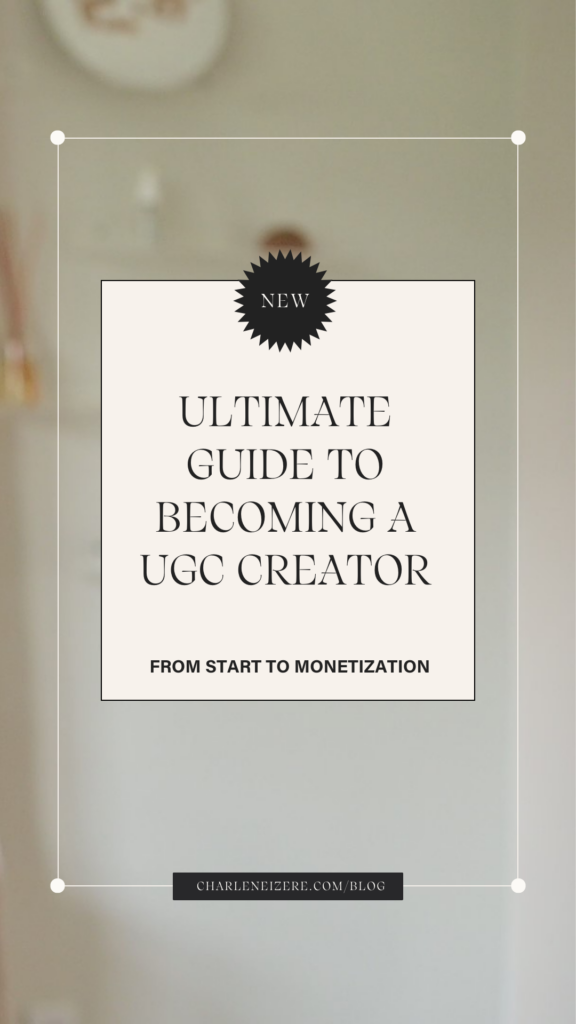
Leave a Reply Cancel reply
Search the blog
About
Hi, I'm Charlene Izere. I'm a fulltime content creator with a love for video editing, aesthetics, productivity, and education. My content includes a mixture of creator behind the scenes, motherhood musings, and creator education. Stay a while, I know you'll love it here.
Categories
Follow On
© 2023 Charlene Izere ALL RIGHTS RESERVED
I'll see you on the 'gram
BRAND + SITE DESIGN BY HIGHFLIER POWERHOUSE
